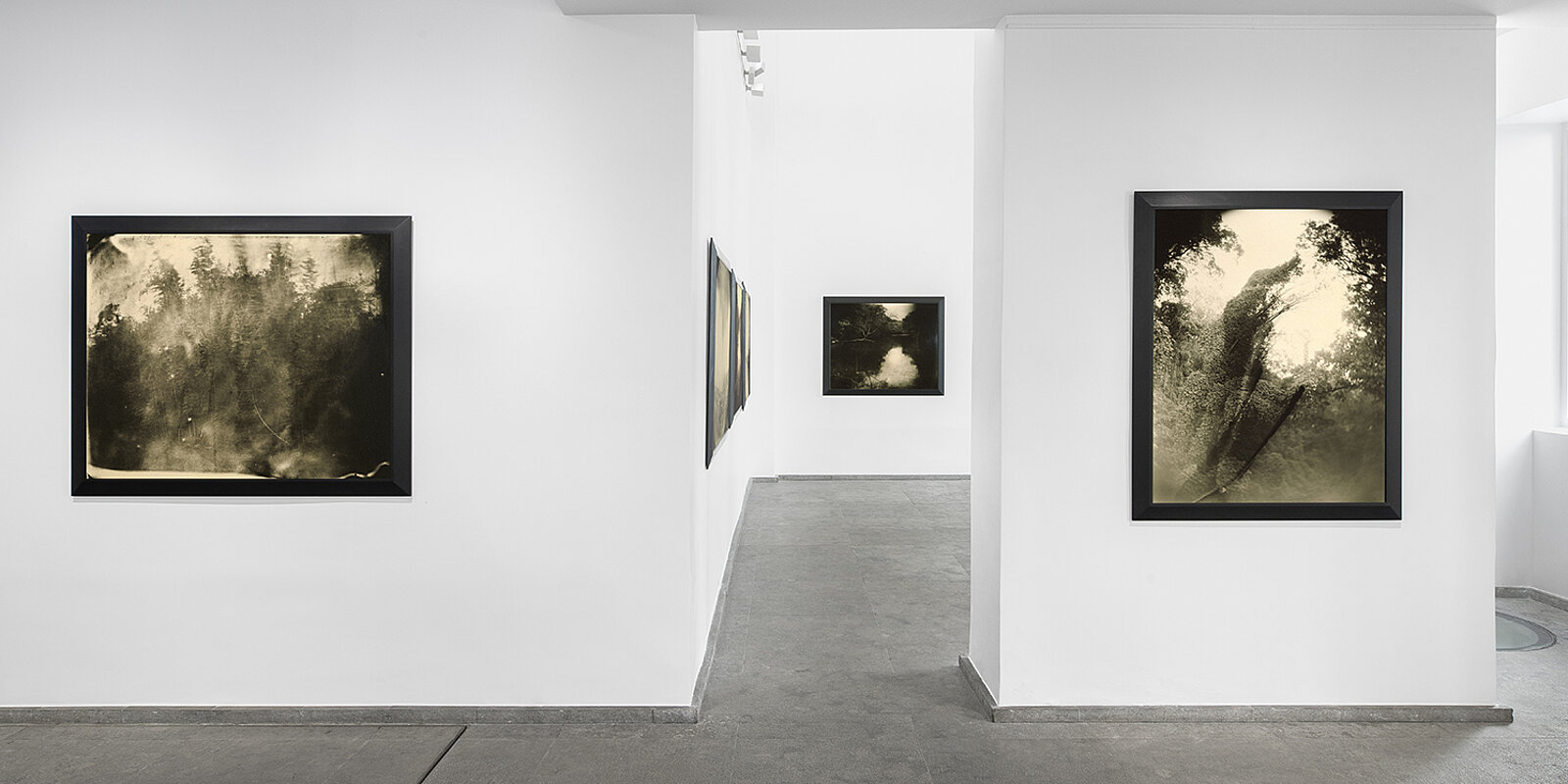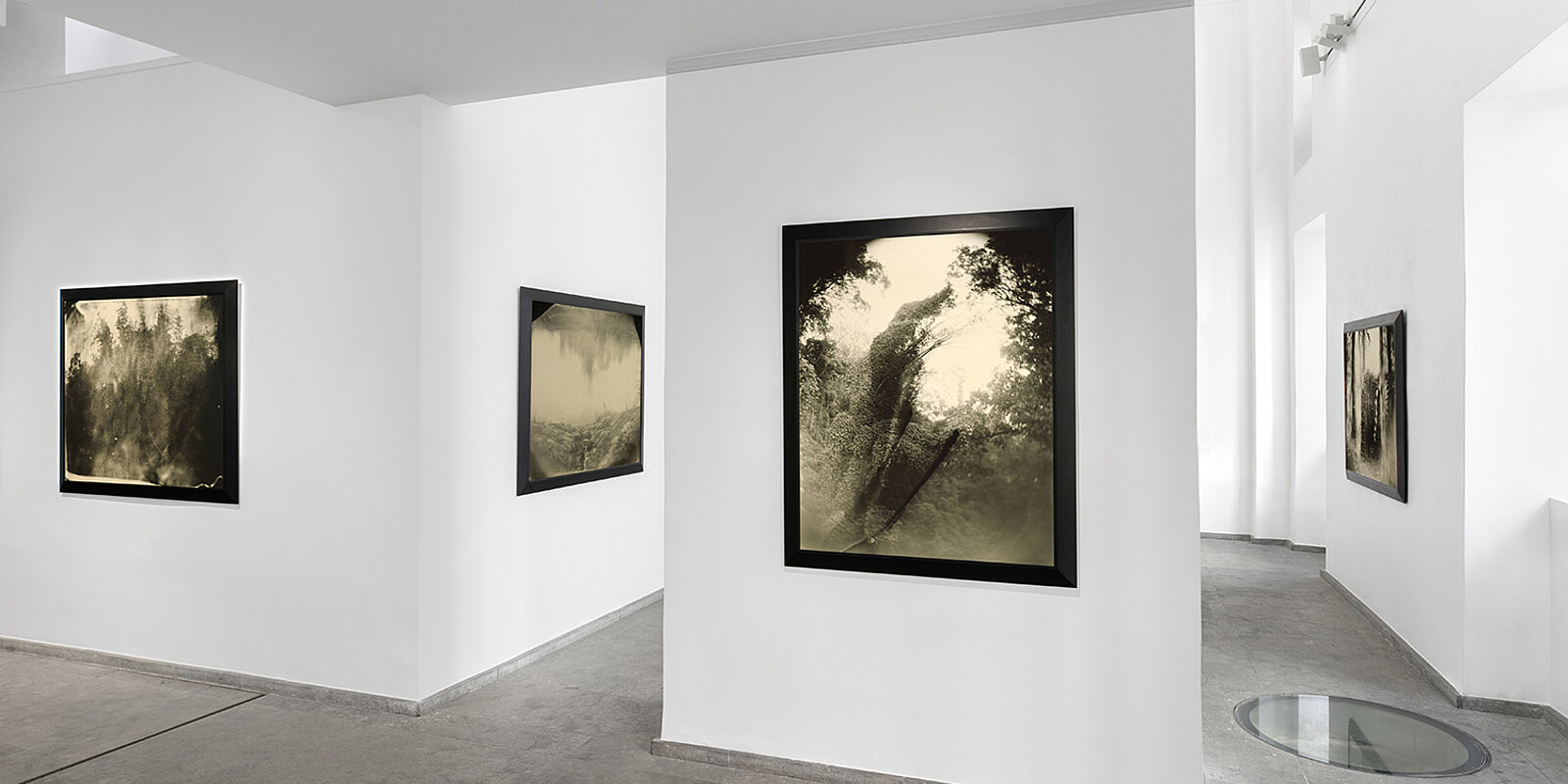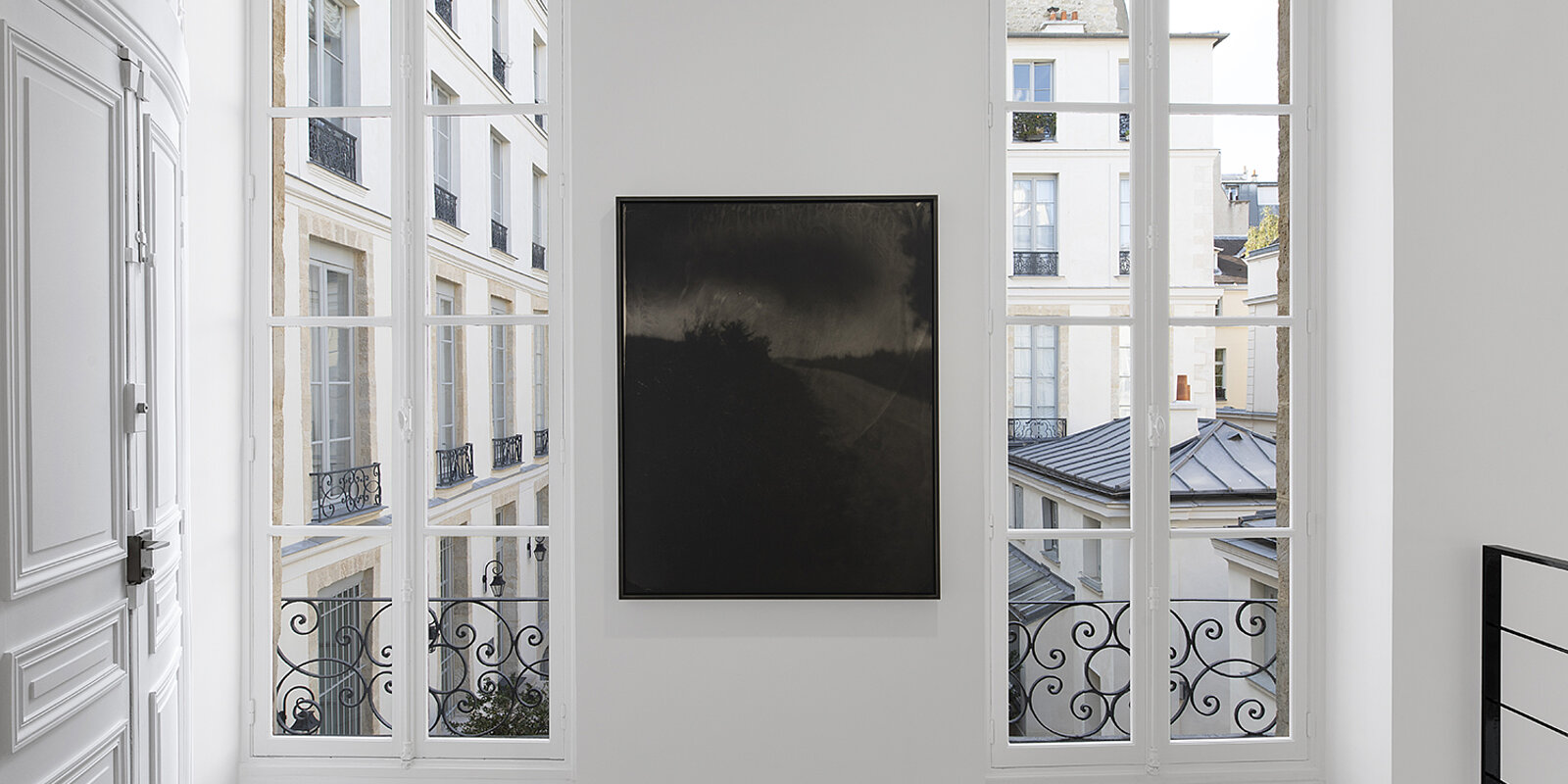Sally Mann:

Galerie Karsten Greve Paris - Côté rue
Tuesday - Saturday, 10am - 7pm
Opening
on Saturday, August 28, 2021 from 5pm to 8pm
Galerie Karsten Greve is delighted to present its new exhibition dedicated to the work of the American photographer Sally Mann in its Parisian gallery. Following the success of her large retrospective Sally Mann: Mille et un passages (“Sally Mann: A Thousand Crossings) at Jeu de Paume in 2019, the display is an opportunity to rediscover two iconic series by the artist: Deep South and Battlefields through a selection of thirty large-format prints produced at the turn of the 2000s.
At a young age, Sally Mann started taking pictures in and around Lexington, Virginia, where she was born and still lives. She roamed the vast American outdoor spaces from the late 1970s, with nature a predominant presence in her snapshots. In 1996, she discovered the states neighbouring Virginia and travelled further into the Deep South. Initially envisaged as an exploration of those enthralling landscapes, her trips transformed into a pursuit of memory and a confrontation with the ghosts of the past.
“Since my place and its story were givens, it remained for me to find those metaphors; encoded, half-forgotten clues within the Southern landscape”. This is how Sally Mann approached her research. At first glance, the pictures in the Deep South series appear to be peaceful and luminous landscapes, balancing between dream and reality. They are a contemplation of the lush nature exalting the beauty of the outdoor spaces of the South of the United States; they are also an exhumation of a traumatizing and harrowing past. From dense vegetation (Deep South #17) to picturesque springs (Deep South #13), there is nothing to prepare viewers for the chilling feeling of horror that certain pieces convey. One story in particular etched itself into Sally Mann’s mind at a young age: the violent murder of Emmett Till, a fourteen-year-old African American boy, in 1955. Intended as a “visual pilgrimage”, Deep South #34 (Emmett Till River Bank) was taken at the spot where his body was fished out of the Tallahatchie River in Mississippi. Like an uneven scar in the ground, the river is shallow, almost stagnant, surrounded by rocky soil scattered with grass; the grandiose vegetation from the other snapshots in the series is nowhere to be seen. The place that was photographed is the site of a real and identifiable death; the trivialness of the river jars with the gravity of the event.
If at first sight Deep South appears to be a refuge, a safe haven, this impression cannot suppress an underlying feeling of violence and death. Battlefields pursues this further.
“Living in the South (…) both nourishes and wounds. To identify a person as a Southerner suggests not only that her history is inescapable and formative but that it is also impossibly present. Southerners live uneasily at the nexus between myth and reality, watching the mishmash amalgam of sorrow, humility, honour, graciousness, and renegade defiance play out against a backdrop of profligate physical beauty.”
This series takes its place within Sally Mann’s continual research into the history of her homeland and exposes the blood-stained heritage of the Civil War (1861-1865). Through a set of sombre landscapes, the images evoke the grimness of the era of slavery, poverty, injustice, racism and suffering. The pictures are a manifestation of the horror stagnating in the places where the battles of the Civil War took place – Mann calls them “body farms”. Exclusively in shades of dark grey and black, Battlefields retraces the artist’s steps at the various places where she came across vestiges of the bones of lost soldiers, her photography conjuring their memory. Mann took photos as close as possible to the ground, with the sky almost disappearing from her compositions (Antietam #14 and Chancellorsville #9), a point of view mimicking the final moments of fallen soldiers on this land. In other snapshots (Friedericksburg #22) the trees and the sky become threatening and hostile, with mystical outlines defined by a translucent light. Still, Sally Mann shows that beauty remains present even in death and is treasured by nature, the trees the only witnesses to the dead, serving as their tombs.








